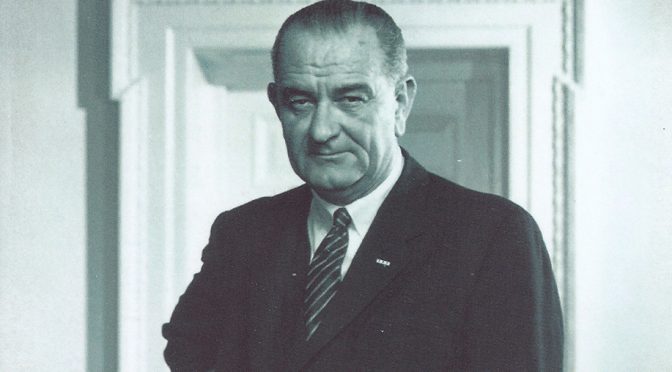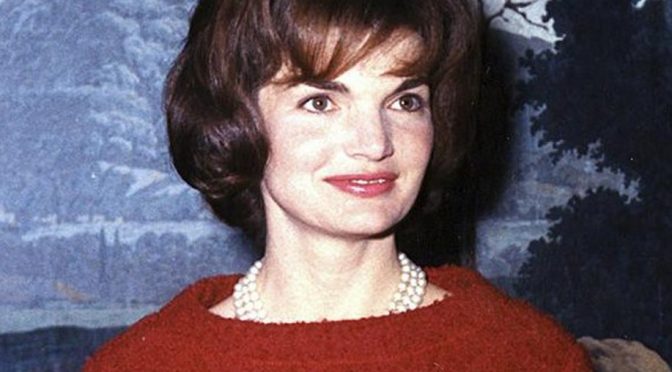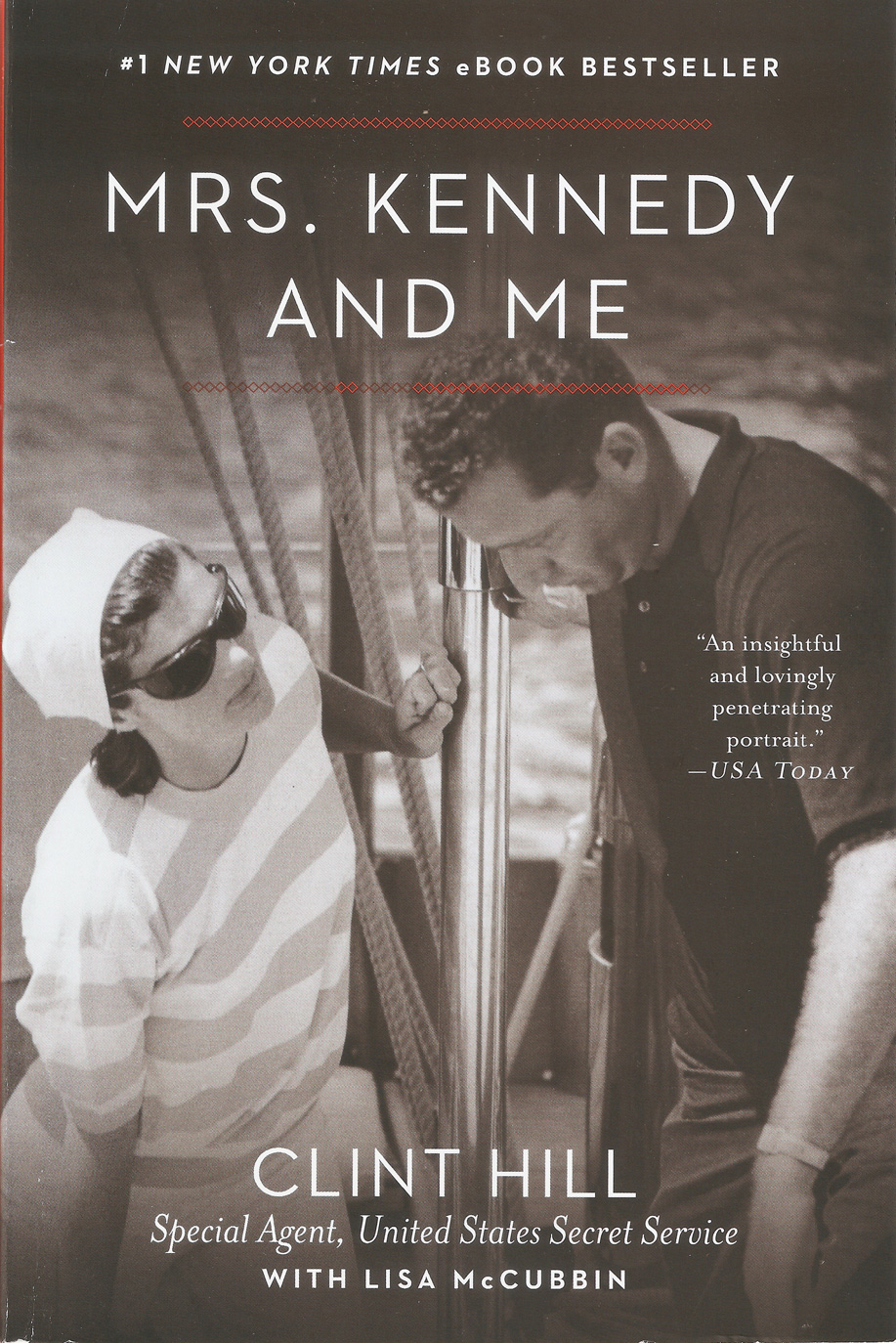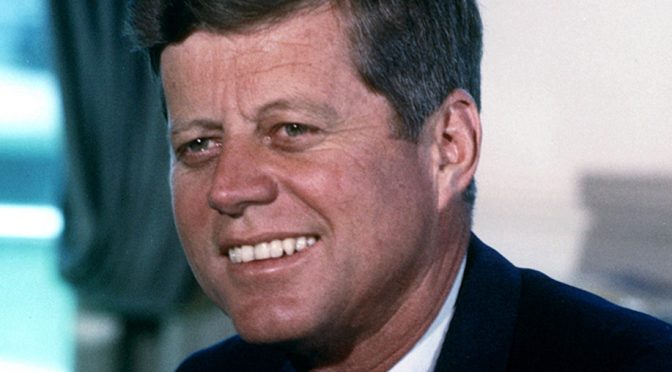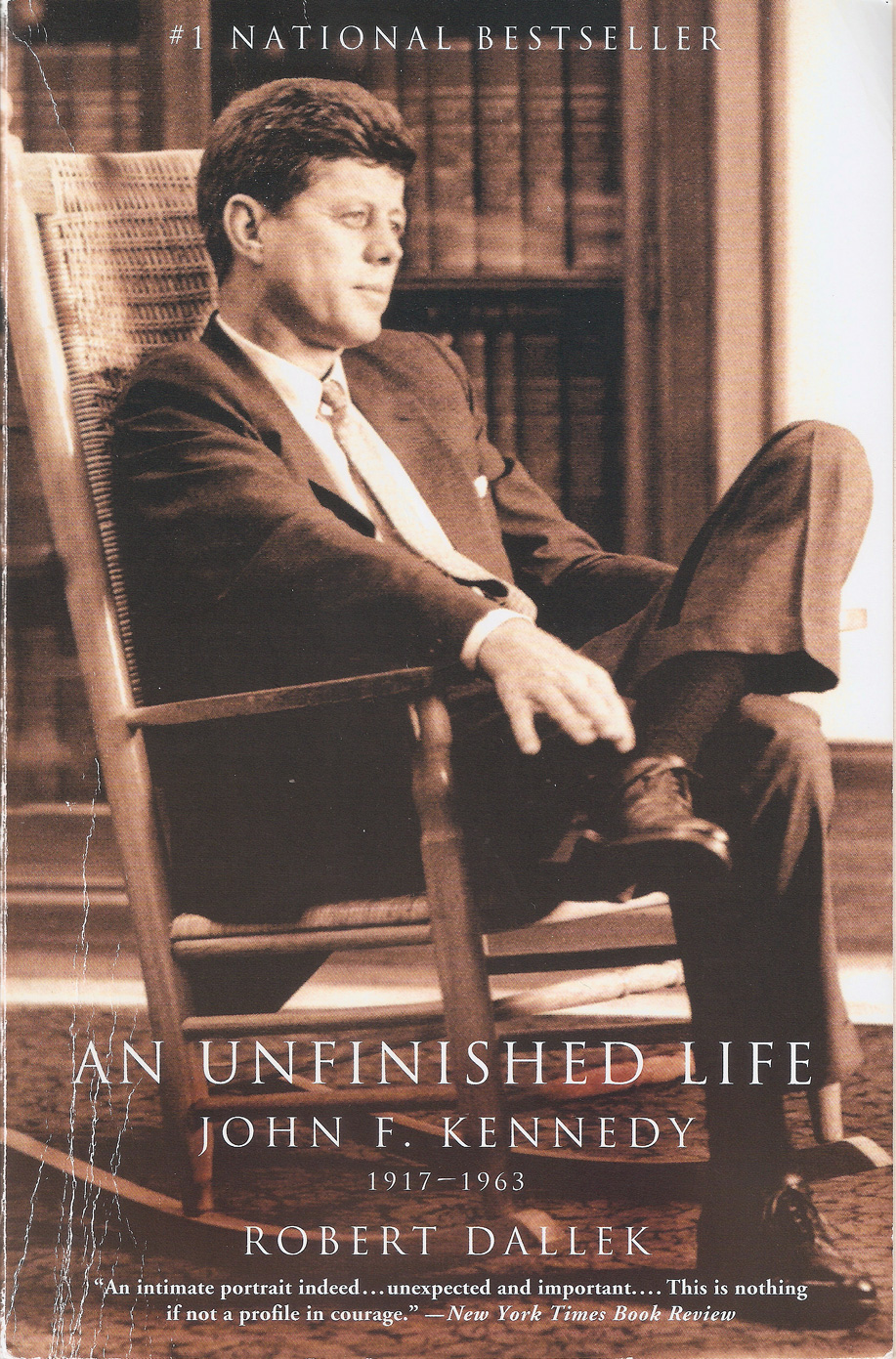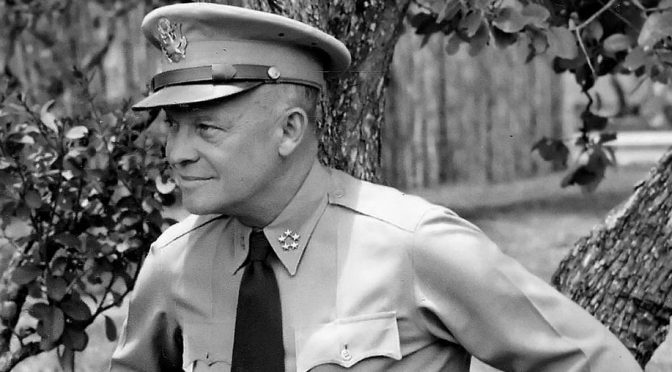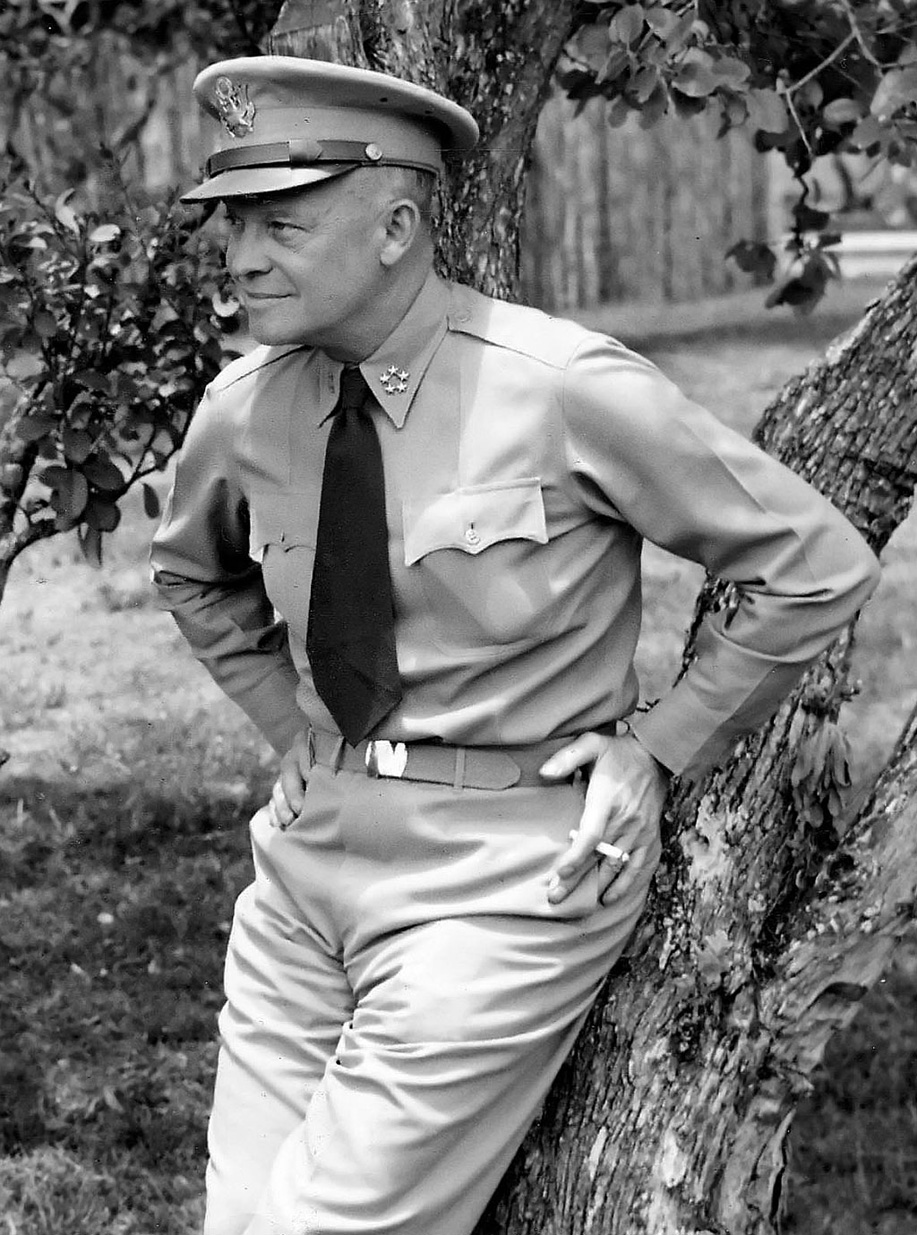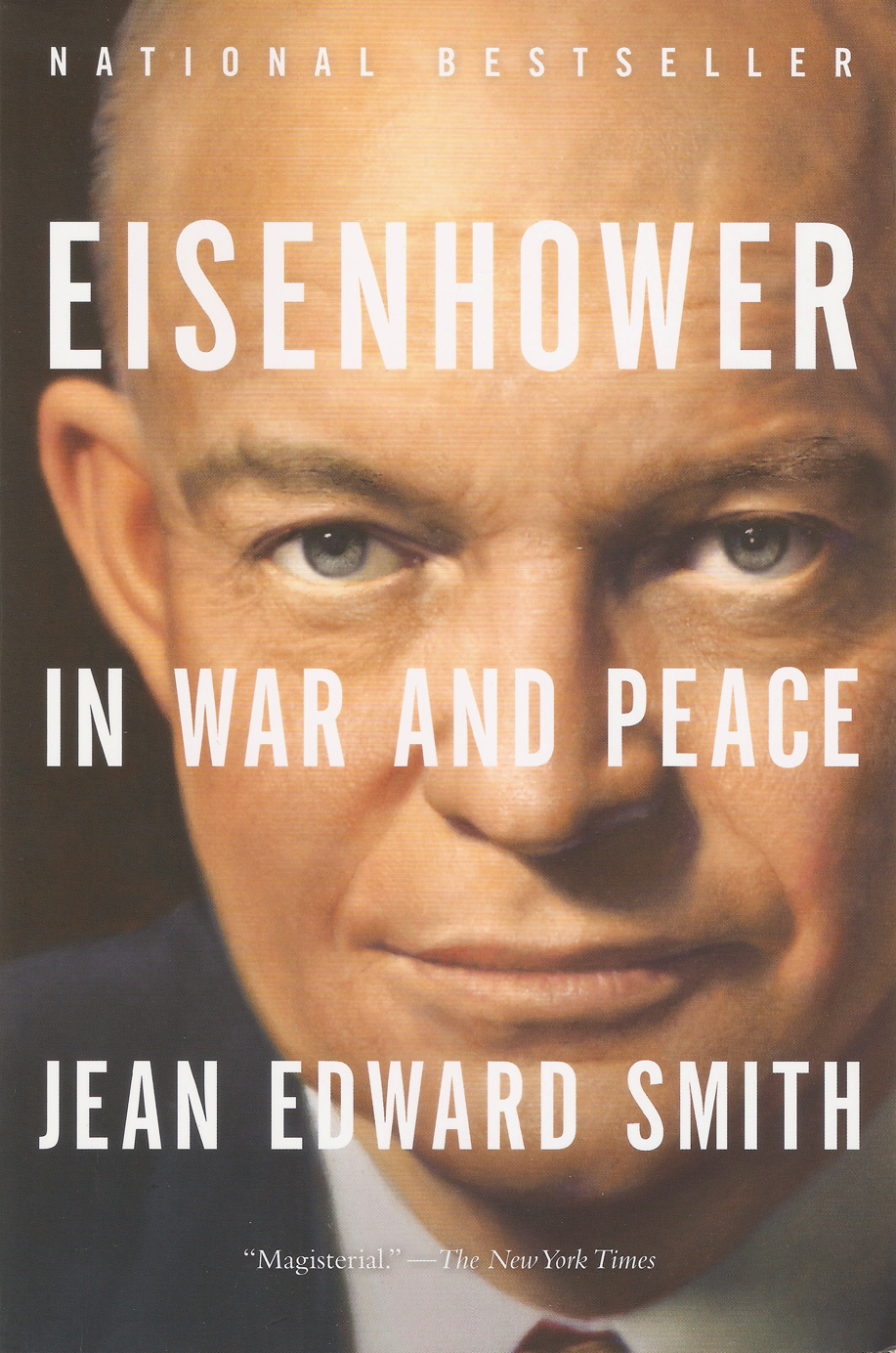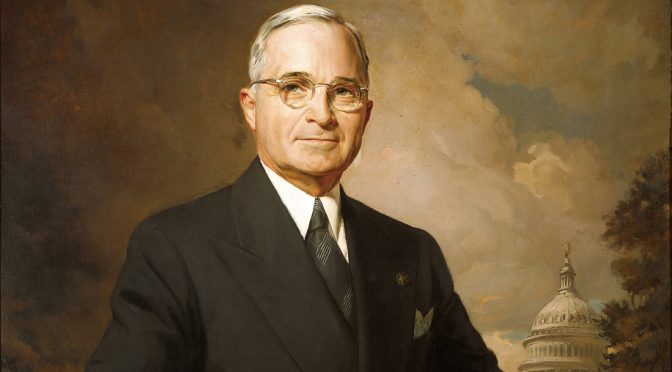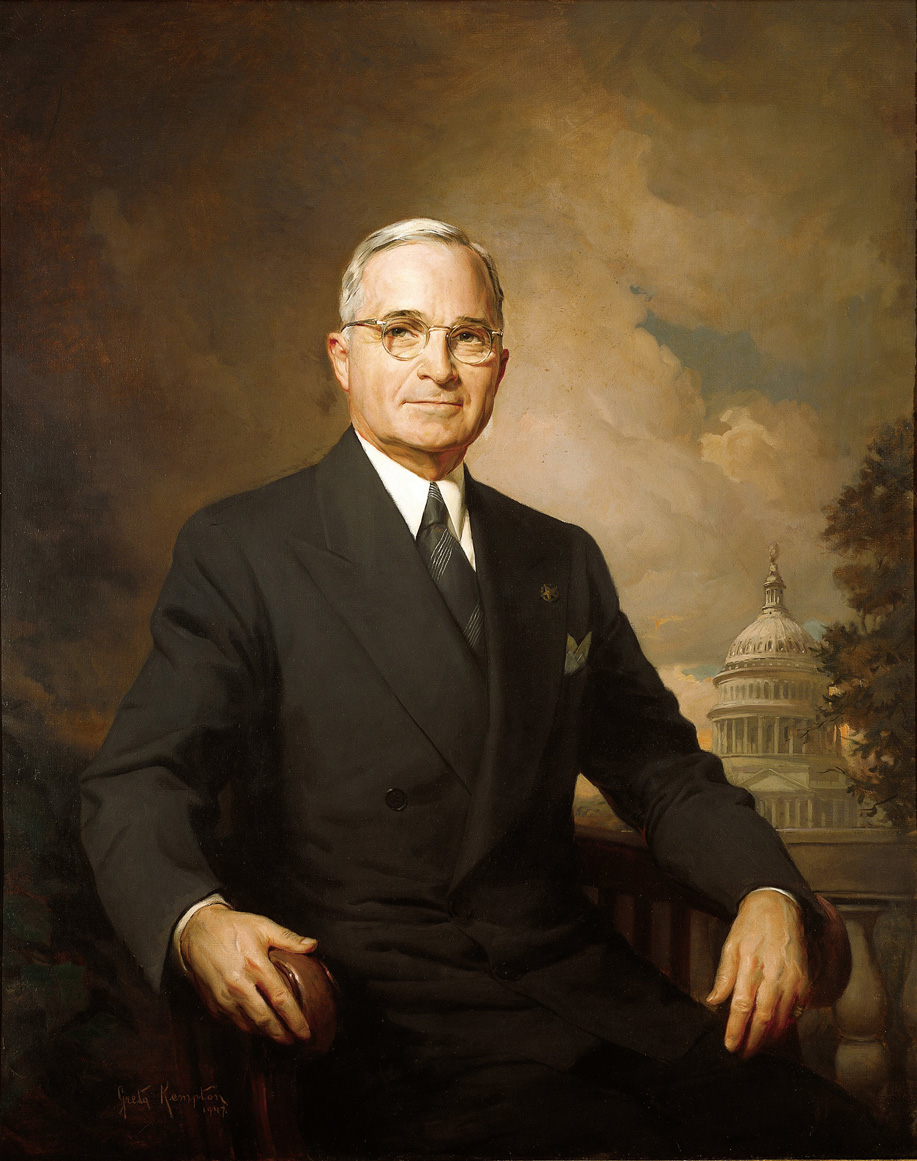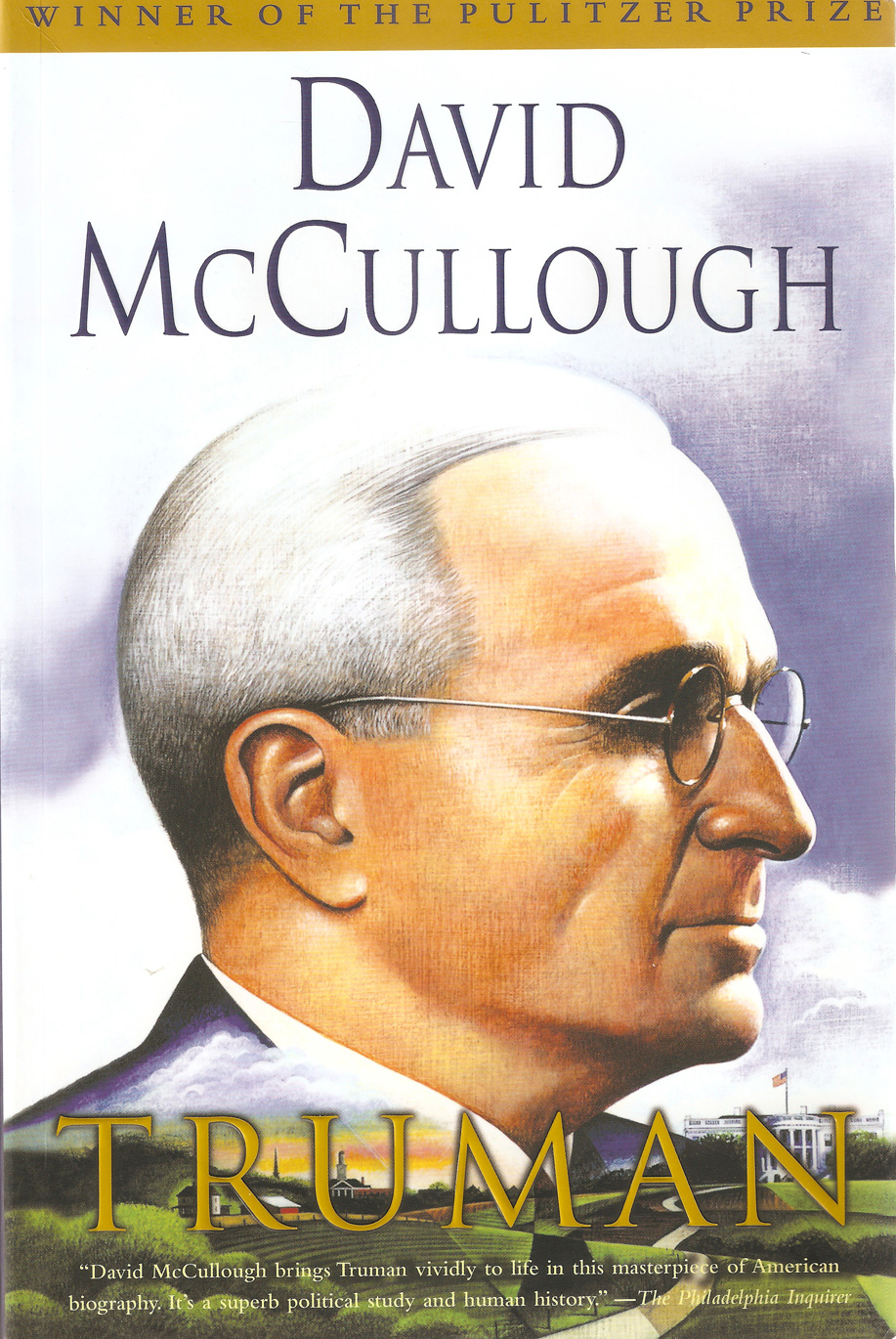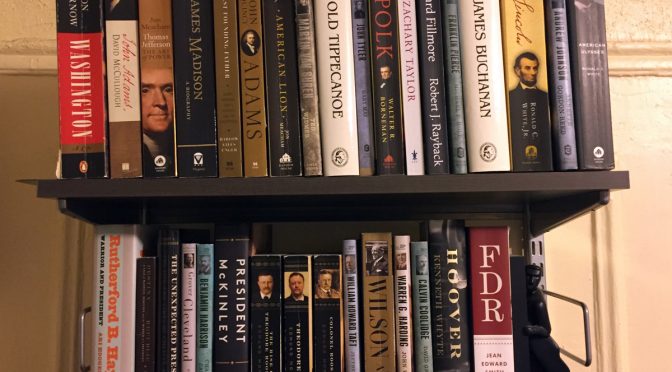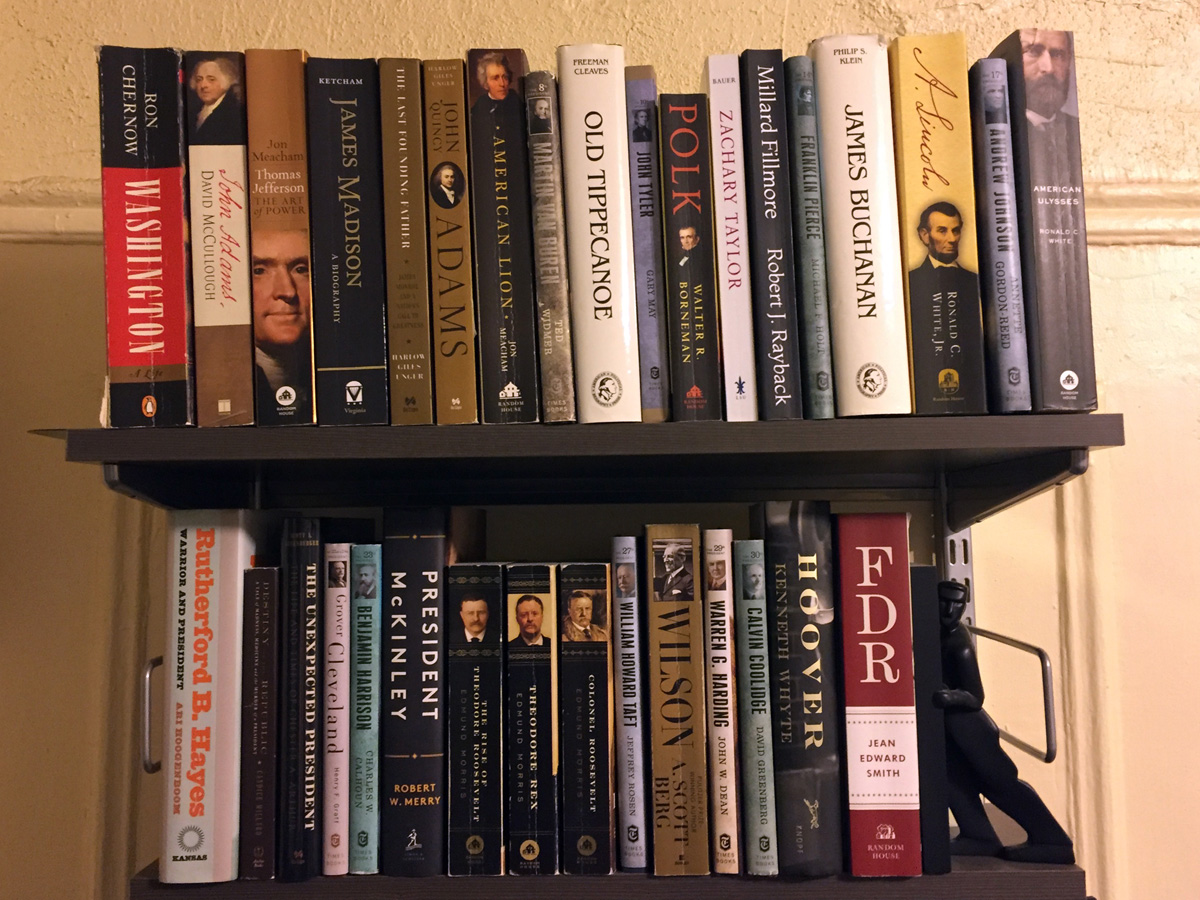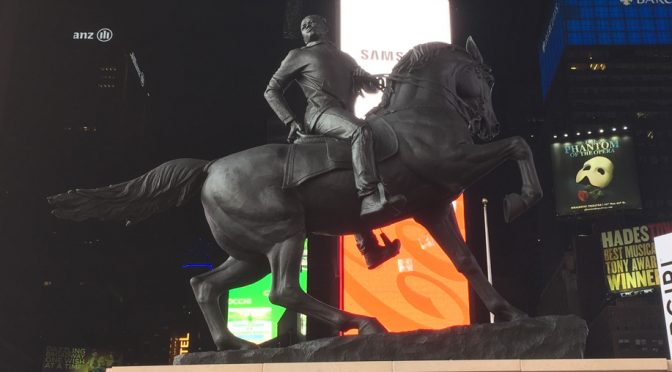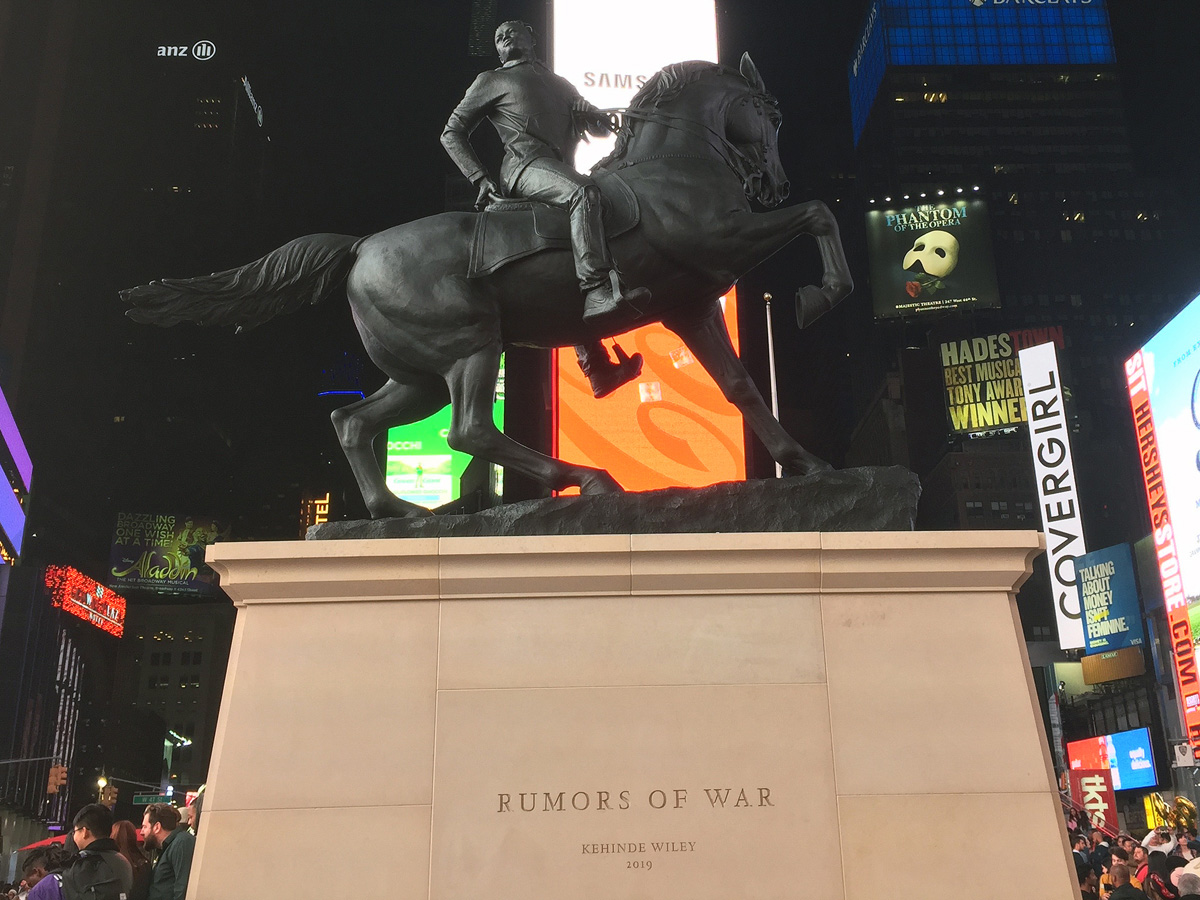Franklin D. Roosevelt, a Democrat, was our nation’s 32nd President. He is considered one of the greats. He led our country during two of its most difficult challenges: The Great Depression and World War II. He was elected to an unprecedented third term, and then to an even more unprecedented fourth term. But he was president for 12 years, not 16. That’s because he died three months into his fourth term. He is the only president to have served more than two terms. He had three different vice presidents: John Nance Garner during his first and second terms, Henry A. Wallace during his third term and Harry S. Truman for his fourth. He won all four of his presidential elections in landslides. In 1932 he soundly defeated incumbent President Herbert Hoover. In 1936 his opponent was Alf Landon, in 1940 Wendell Willkie and in 1944 Thomas E. Dewey.
Today’s book report is on “FDR” by Jean Edward Smith. There are many biographies of FDR to choose from, and I selected this particular title because I wanted a solidly written, one-volume, cradle-to-grave book. I am glad I chose this one. It clocks in at 600-plus pages of text, with an additional 200 pages of notes plus 32 pages of photographs. In my view, this is a well-researched and nicely written biography. Like in any good biography, the author describes not only the subject’s successes and triumphs but also his flaws and failures. Yes, FDR had quite a number of flaws. But he had many more good qualities. Many of these characteristics were endearing, even heroic. Many passages in this book were moving and brought a tear to my eye, and a few other descriptions made me laugh out loud. A minor complaint I had was the author’s frequent use of asterisks and footnotes — lots of them, on almost every page — breaking up the flow of reading. I also thought the coverage toward the end of the events leading up to D-Day, and then the 1944 presidential campaign, was a bit on the skimpy side. But all in all, this book was filled with tons of insight and information. Here is some of what I learned.
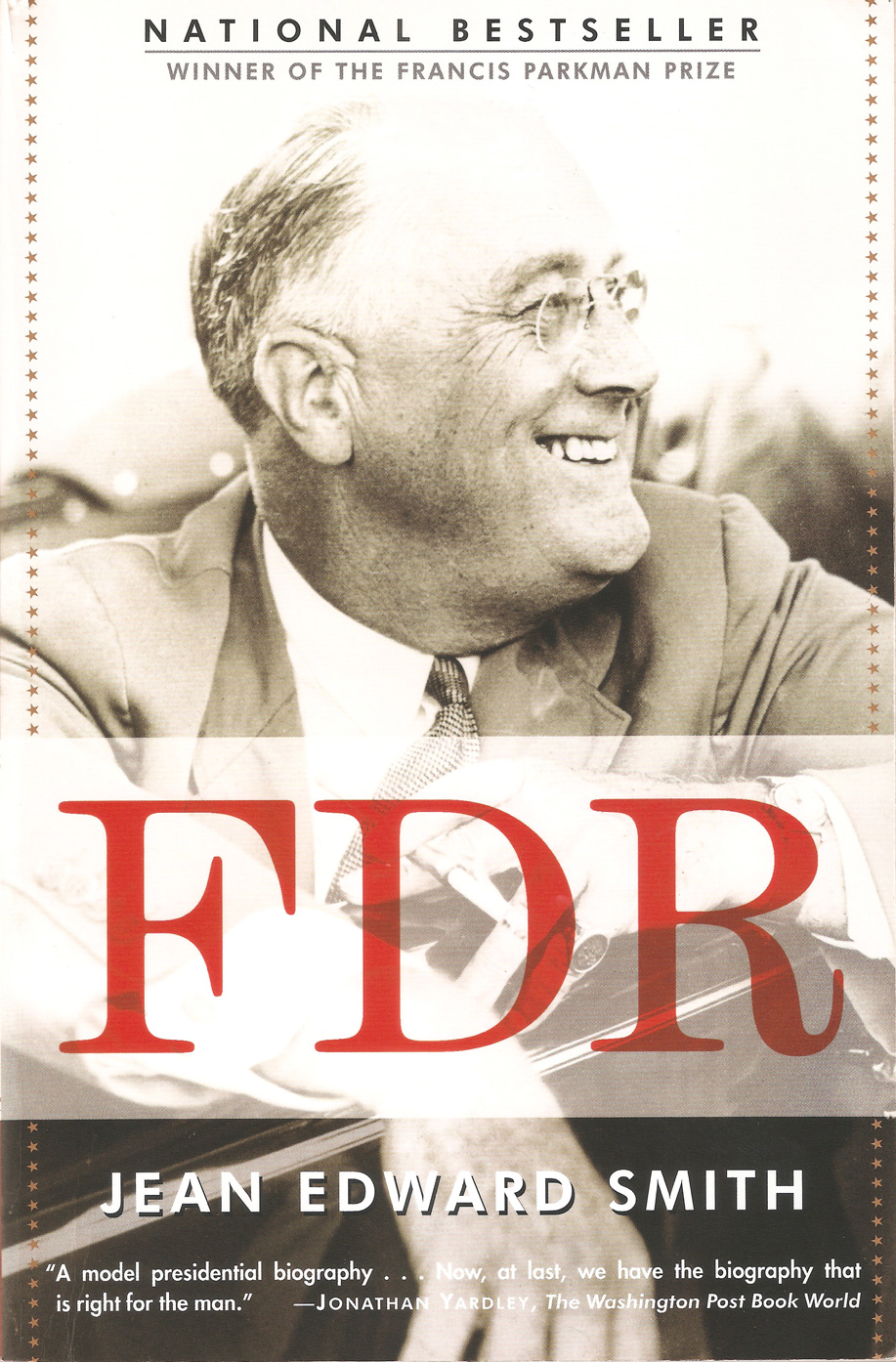
Franklin D. Roosevelt was born into a life of wealth and privilege. His status came not only from the paternal side of the family. His mother, Sara Delano, came from a wealthy family herself. Sara was what would be called today a helicopter parent. Her influence on her son was immeasurable. She saw that Franklin received an excellent education, first at home with tutors and later at boarding school. By the time he was 9 years old Franklin knew French and German. The family traveled extensively in Europe. He attended Harvard and graduated after three years, but he stayed on campus a fourth year as editor of the student newspaper, the Crimson.
Franklin was a distant cousin of both Theodore Roosevelt and Eleanor Roosevelt. Franklin was from the Hyde Park (Hudson River) branch of the family, and Theodore and Eleanor were from the Oyster Bay (Long Island) branch. Theodore was Eleanor’s uncle. Eleanor’s father, Elliott (Theodore’s brother), died of alcoholism when Eleanor was a girl. Like her uncle and cousin, Eleanor also lived a life of privilege. She attended an all-girls boarding school in England that was taught entirely in French. Theodore was president when Franklin and Eleanor got married, and Theodore attended their wedding in Manhattan and gave Eleanor away. Eleanor Roosevelt’s maiden name was Eleanor Roosevelt.
Eleanor and Franklin had six children, a daughter and five sons. One of the sons died in infancy. All of their children ended up getting married and divorced multiple times, and several of the sons embarrassed their father while he was president with various minor scandals. All of FDR’s sons served in World War II. At one point early in their marriage, Eleanor discovered that Franklin was having an affair. The other woman was Lucy Mercer, and Eleanor found a packet of love letters they had exchanged. FDR broke off the affair. Eleanor and Franklin remained married, but from that point on they led separate lives, had separate groups of friends and had separate interests. In the White House, according to the book, FDR and Eleanor dined apart each night, in separate dining rooms, with different groups of people.
Eleanor became active in various social and philanthropic causes, as well as with various women’s organizations. In these circles she met and befriended two women, Marion Dickerman and Nancy Cook, who lived together in an apartment in Greenwich Village. FDR built them a “shack,” which was actually a large mansion, called Val-Kill, located on the Hyde park property in New York State, where the women all lived together. The author of “FDR” does not delve too deeply into Eleanor’s relationships with other women or speculate on the scope of their intimacy. Eleanor was also close with various men in her life. According to the book, Eleanor had a male bodyguard, Earl Miller, a New York State Police officer, who became a companion and friend, and who might also have been more than a friend.
FDR got his start in politics as a State Senator. Then, following in cousin Theodore’s footsteps, he became assistant secretary of the Navy. In 1920 FDR ran for vice president as the running mate of James Cox. They lost to Warren G. Harding and Calvin Coolidge. A year later, FDR had a life-changing event. He contracted polio and was paralyzed from the waist down. He spent several years convalescing, first aboard houseboats in Florida and later in Warm Springs, Georgia, where he purchased a large property and turned it into a home for polio survivors. He faced his physical disability with courage, never asking for or seeking sympathy. He devised a strategy for appearances in public in which he would walk with crutches and braces while holding on to a son or a military aide. Always, even though he might have been in excruciating pain, he was smiling.
In 1928 FDR ran for governor of New York and won, again following in TR’s footsteps, and then in 1932 he ran for President and won. During this time, becoming governor of New York was seen as a stepping-stone to the White House. FDR was the fourth governor of New York to become president. Martin Van Buren, Grover Cleveland and TR were the others.
When FDR took office in 1933 the country was in the grips of the Great Depression, the worst economic crisis it had ever known. FDR acted quickly and decisively, first to stabilize the nation’s banks, and then to establish a number of government agencies and programs designed to put people back to work. He called this agenda the New Deal, and in his first 100 days he got Congress to pass enormous amounts of legislation. Some of these programs and agencies were temporary, while many others have survived to this day. The Public Works Administration (PWA) was created to use federal funds to build dams, bridges and schools. There was also the Civilian Conservation Corps (CCC), which hired young men to plant trees. And later there was the Works Projects Administration (WPA), which also employed many people and funded many endeavors, including arts projects. FDR also signed into law legislation that created the Federal Deposit Insurance Corp. (FDIC), which for the first time protected depositors from bank failures; the Securities and Exchange Commission (SEC), to regulate the stock market; and the Tennessee Valley Authority (TVA), which built dams and power stations and controlled flooding. He brought electricity to rural communities. He initiated legislation for unemployment insurance, and he signed the Social Security Act into law.
All of this was a departure from his three immediate predecessors, who thought that the Washington had no business enacting such programs. But FDR was different. He believed that the full force of the federal government should be brought to bear to provide for the general welfare, and to improve the lives of all citizens. Perhaps the biggest departure from his predecessors, however, was FDR’s sincere confidence that things would get better, that everything was going to be OK. Unlike Hoover, who was a pessimist, FDR was an optimist. It was in his first inaugural address that he uttered the immortal phrase that we have “nothing to fear but fear itself,” which was a message the American people needed to hear at the time.
The next huge event to confront FDR and the nation was the outbreak of World War II. Hitler was on a murderous rampage, and he had already invaded France and was threatening Britain. Yet the American public did not want to go to war. FDR helped Britain with desperately needed war materiel, under a policy that he devised called Lend-Lease. He also got Congress to enact a military draft. After the Japanese bombed Pearl Harbor, FDR gave his famous “a date which will live in infamy” speech to an emergency joint session of Congress, and he called for massive numbers of planes, tanks and ammunition to be manufactured in our nation’s factories. Early in the war, FDR devised a secret plan that allowed the United States to drop bombs on Tokyo. It was a crazy idea, but it worked. And while it had little military effect on the conflict at the time, it achieved a much-needed morale boost for the Americans. Again, FDR’s confidence and optimism came into play.
During the war FDR met many times with Churchill, and a few other times with Churchill and Stalin. According to the book, FDR did not micromanage the war effort. He set broad goals and left it to his generals to plan and execute the objectives. For D-Day, according to the book, FDR merely set the date and named Eisenhower commander, and he let his military leader conduct Operation Overlord, as it was code-named.
FDR also made several huge mistakes, and he had plenty of personal flaws. According to the book, he had been arrogant as a state senator and rubbed many people the wrong way. As president, he signed no civil rights legislation. The author says that FDR was unable to act on civil rights because he needed to keep southern racist Democrats in his fold, because he needed their support for his New Deal and war initiatives. Also, tragically, FDR went along with a plan during World War II to send Japanese Americans to concentration camps. During his second term FDR also interfered, unwisely, in various Democratic Party primary races and was embarrassed. Also during his second term he cut federal spending, which led to the “Roosevelt Recession,” which was basically a recession within the depression.
Perhaps FDR’s most famous blunder was his ill-fated scheme to pack the Supreme Court. This happened during his second term, after the court had struck down several of his New Deal programs as unconstitutional. FDR failed in his plan and was bruised politically. According to the book, the reason so much of the legislation had been struck down was that it had been poorly written or too hastily drafted.
Nevertheless, despite FDR’s shortcomings, his tenure in office includes momentous achievement. By the end of 1944 the depression was over, the Allies had invaded France and the tide of the war had turned and the end was in sight. FDR sought and won a fourth term, but his health had deteriorated markedly. He was in Warm Springs when he died in April 1945. Lucy Mercer, not Eleanor, was with him.
Here are a few more facts about FDR:
- He was lifelong stamp collector.
- He also collected stuffed birds.
- He had a beloved dog, Fala.
- He was a natural politician who knew how to cultivate relationships with key players in and out of government. He used flattery, cajoling and various other means to get what he wanted.
- In 1932 FDR flew from Albany to Chicago to accept the Democratic Presidential nomination at the convention in person. The plane had to stop twice on the way for fuel.
- In all his years as president, FDR had Democratic majorities in both houses of Congress. In some sessions the majorities were substantial, at other times narrow.
- He held “Fireside Chats,” broadcast to the American people via radio. He started the broadcasts when he was governor of New York.
- He had good relations with the press, and he held twice weekly press conferences.
- As a precursor to full repeal of Prohibition, FDR signed federal legislation that legalized beer.
- Every afternoon FDR observed “children’s hour,” in which he would mix drinks for himself and whoever he happened to be hosting that day.
- When FDR was governor of New York, he named a woman, Frances Perkins, to his cabinet. When he became president, he named Perkins Labor Secretary. She was the first woman cabinet secretary.
- FDR also had two female assistants, one of whom, Missy, was at his side constantly. When Missy had a stroke, FDR wrote her into his will, but she died first.
- Eleanor was considered a political liability because she advocated for women’s equality and spoke out for civil rights for blacks.
- FDR had a half-brother, James, who was many years older.
- FDR was on a trip to Europe in 1901 with is mother when they received word that President McKinley had been assassinated and their cousin Theodore had become president.
- When FDR was president-elect, a gunman tried to assassinate FDR when he was on a trip to Miami. FDR was not hit, but several bystanders were, as was the mayor of Chicago, who died.
- He could quote British poetry from memory, a talent that endeared him to Churchill.
- He drew a sketch for the design of what would become the Bethesda Naval Hospital.
- According to the book, FDR was always seen in public standing with his braces locked, or seated in an open car. Only two pictures are known to exist showing FDR in a wheelchair.
- The 22nd amendment, which limits a president to two terms, came into effect after FDR.
Whew! There is certainly a lot to consider about FDR. In my view, he was indeed one of our nation’s best presidents. I consider him to be the leader our country needed at the time, not only to help us get out of the depression but also to get us through the war. He left many lasting legacies, including Social Security, the FDIC, unemployment insurance, rural electricity, flooding protection — and the GI Bill, which FDR also signed, allowing millions of returning American servicemen to get an education and improve their lives and increase the nation’s standard of living. Plus of course, there’s the United Nations, which FDR laid the foundation for and is yet another organization that endures to this day.
What strikes me most, though, is that FDR did not have to do any of this. He was born rich enough that he could have spent his entire life doing essentially nothing. And then, after being stricken with polio, he could have retired from public life altogether. Nobody would have faulted him had he chosen to fade away. He had several comfortable homes to choose from. But there was something about FDR that made him genuinely want to help others, and to help his country.
Mister, we could use a man like FDR again.





